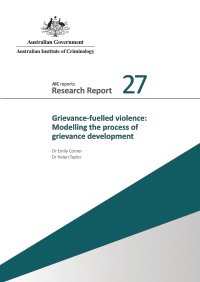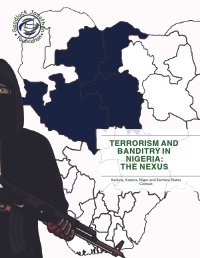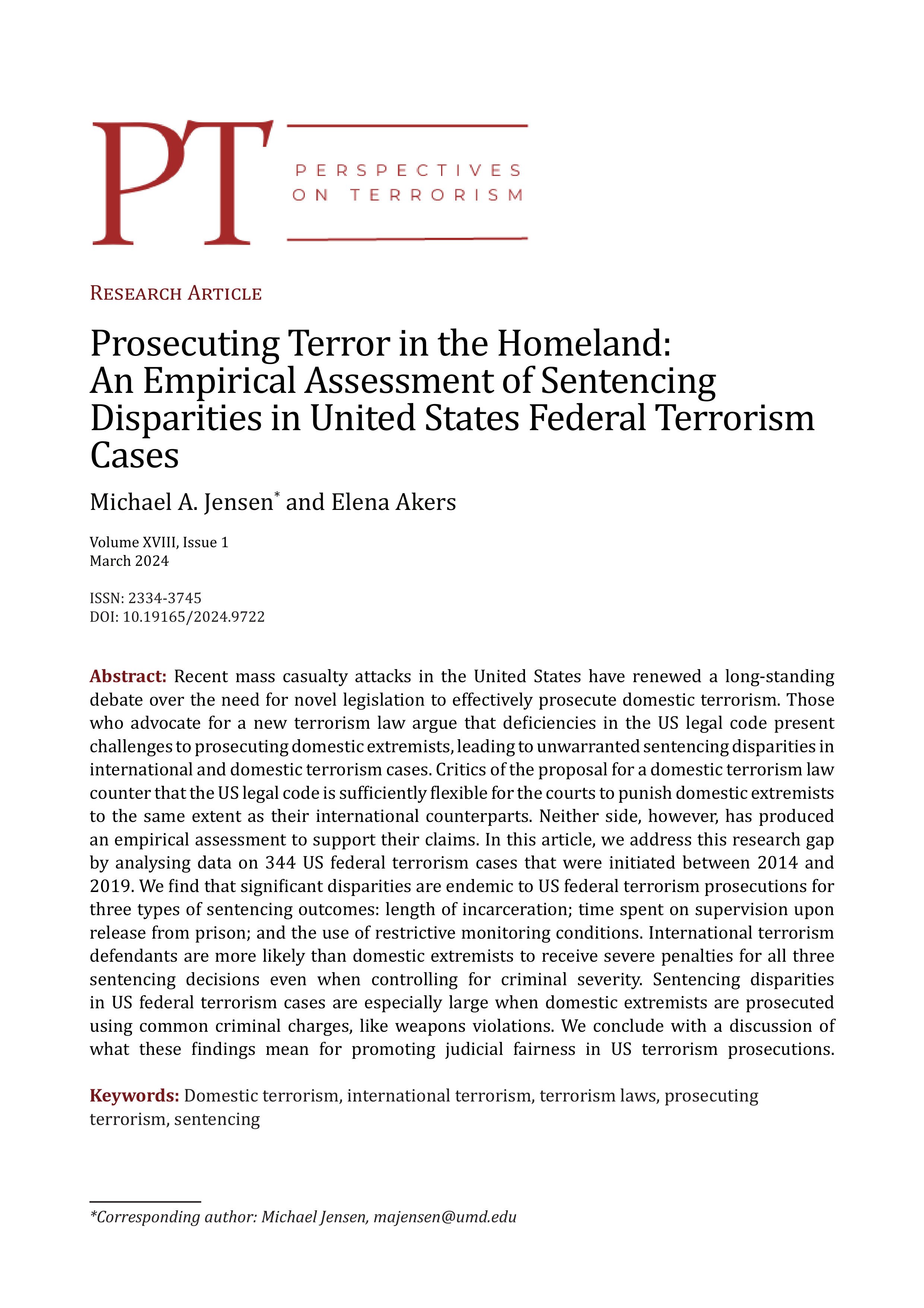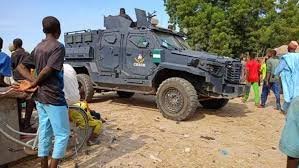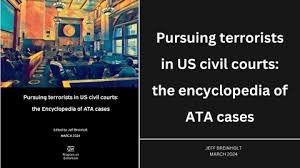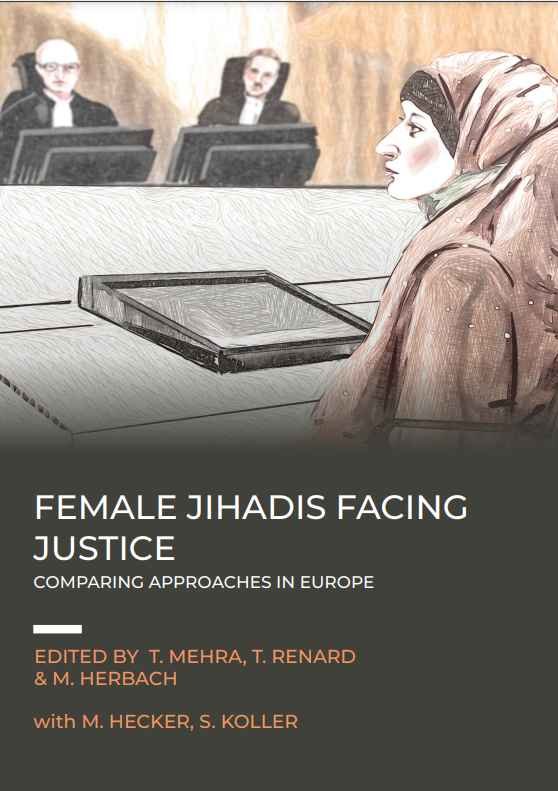UNITED STATES. DEPARTMENT OF DEFENSE. CHIEF INFORMATION OFFICER
From the document: "Fulcrum represents the Department's ambitious Information Technology (IT) advancement strategy designed to leverage the power of technology to drive transformative change and serves as a tipping point for catalyzing digital modernization for the warfighter. To propel the Department forward, we must ensure continued success and relevance in the digital age. Fulcrum will enable achievement of the DoD mission and strategic objectives with unparalleled efficiency and effectiveness. [...] The DoD Chief Information Officer's (DoD CIO) mission is to 'connect', 'protect', and 'perform'. Fulcrum outlines a vision guided by four lines of effort (LOEs) representing a strategic shift that embraces technology as a mission enabler. [...] Fulcrum features the DoD CIO's IT goals and objectives for Fiscal Years (FYs) 2025-2029 that provide essential support to the priorities in the National Defense Strategy (NDS), and the supporting DoD Strategic Management Plan (SMP)."
UNITED STATES. DEPARTMENT OF DEFENSE. 6 JUN, 2024



